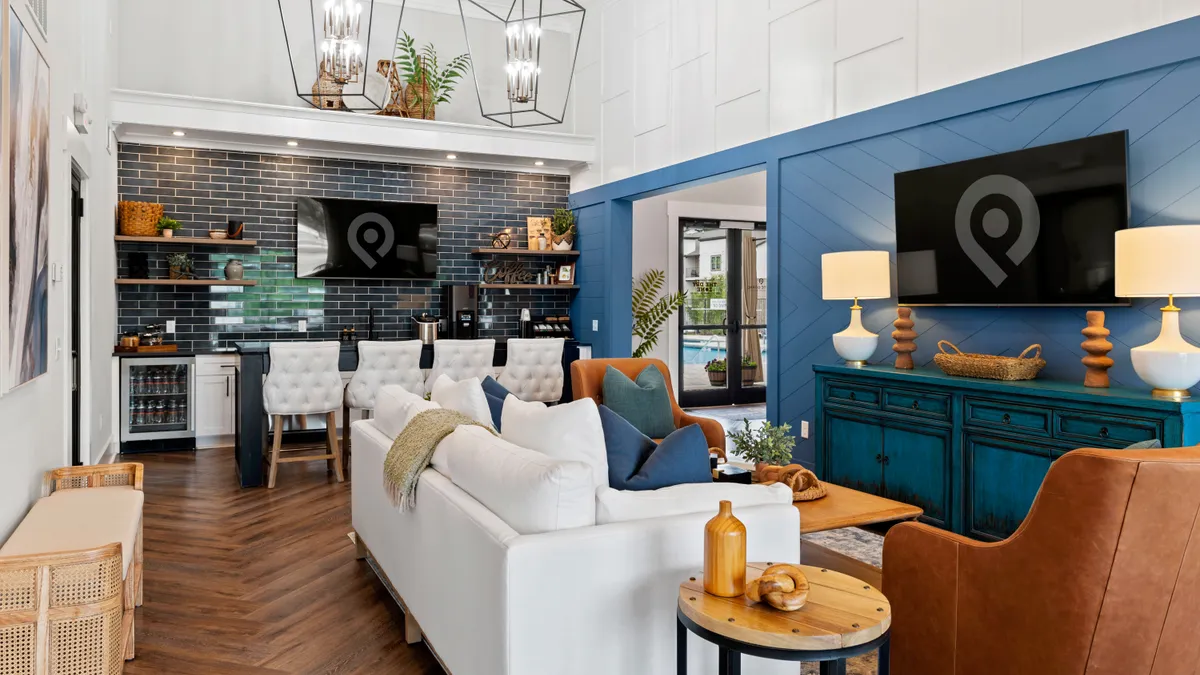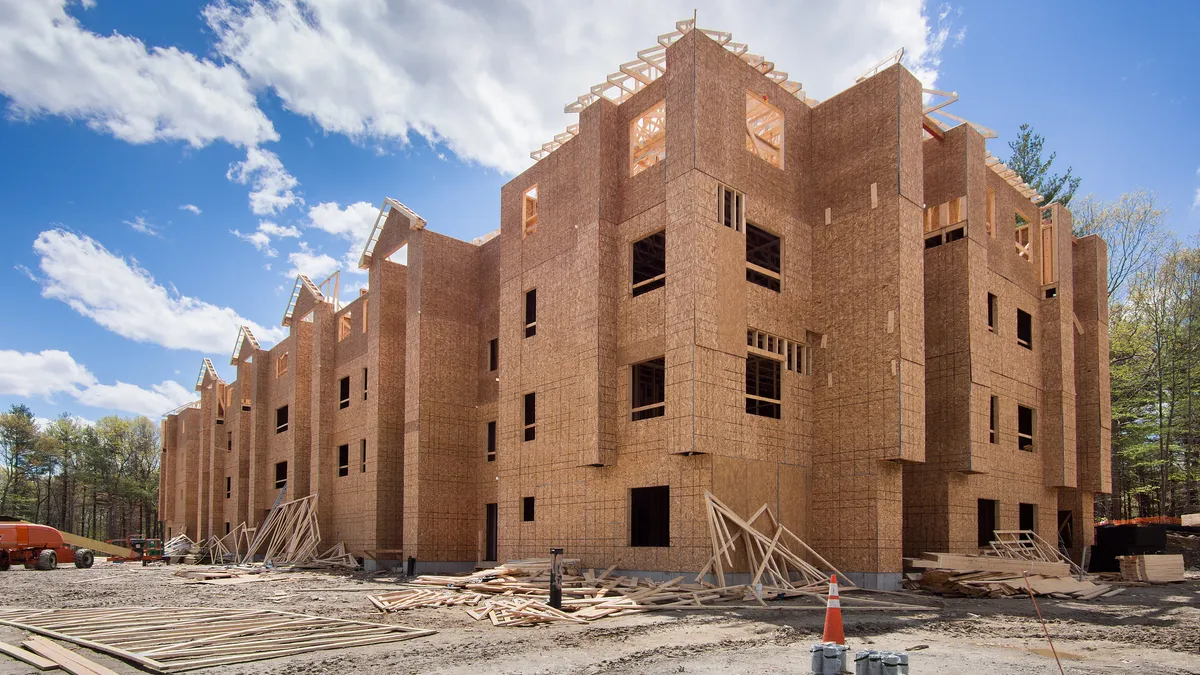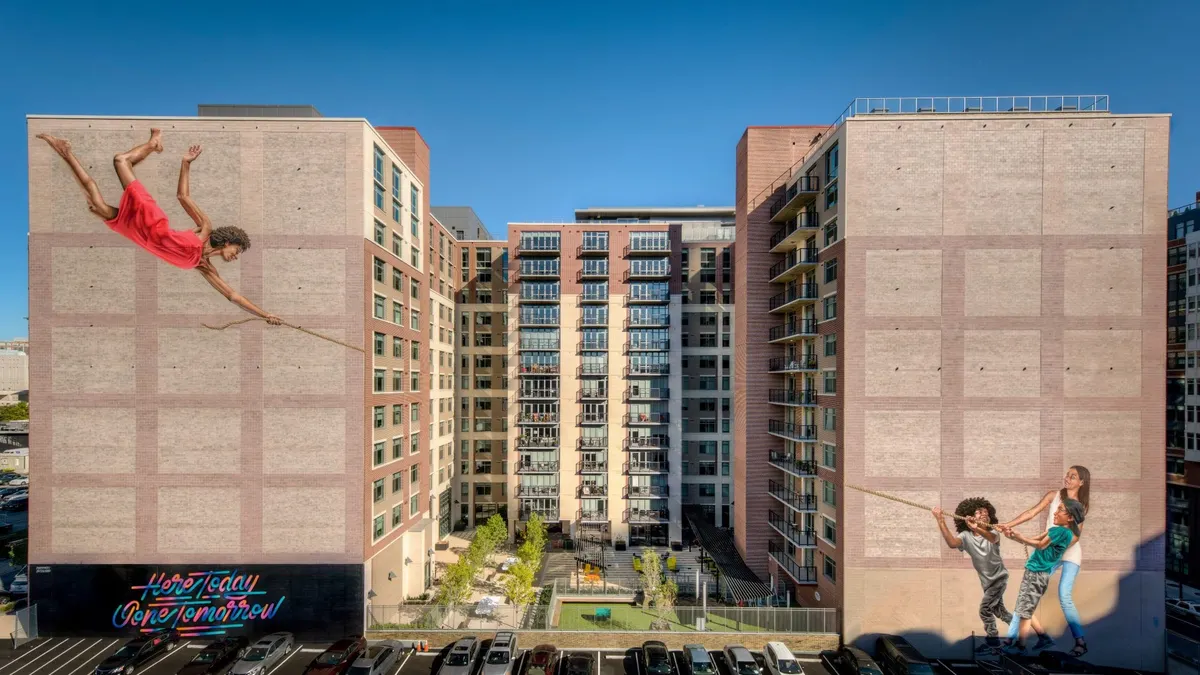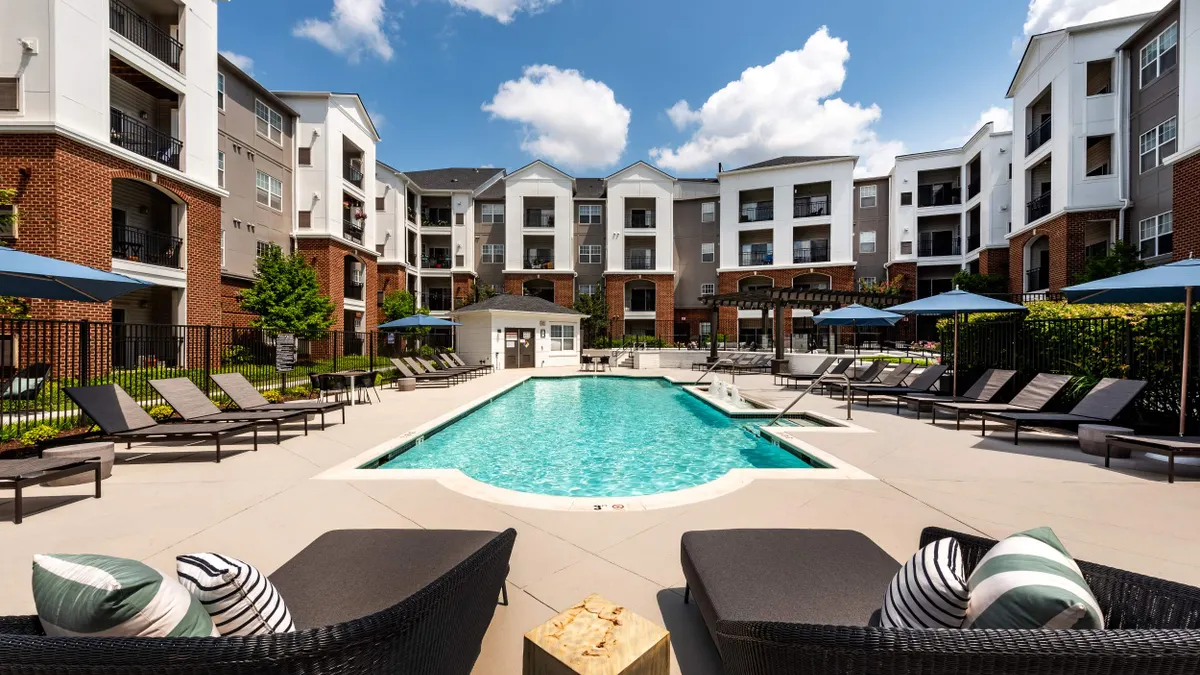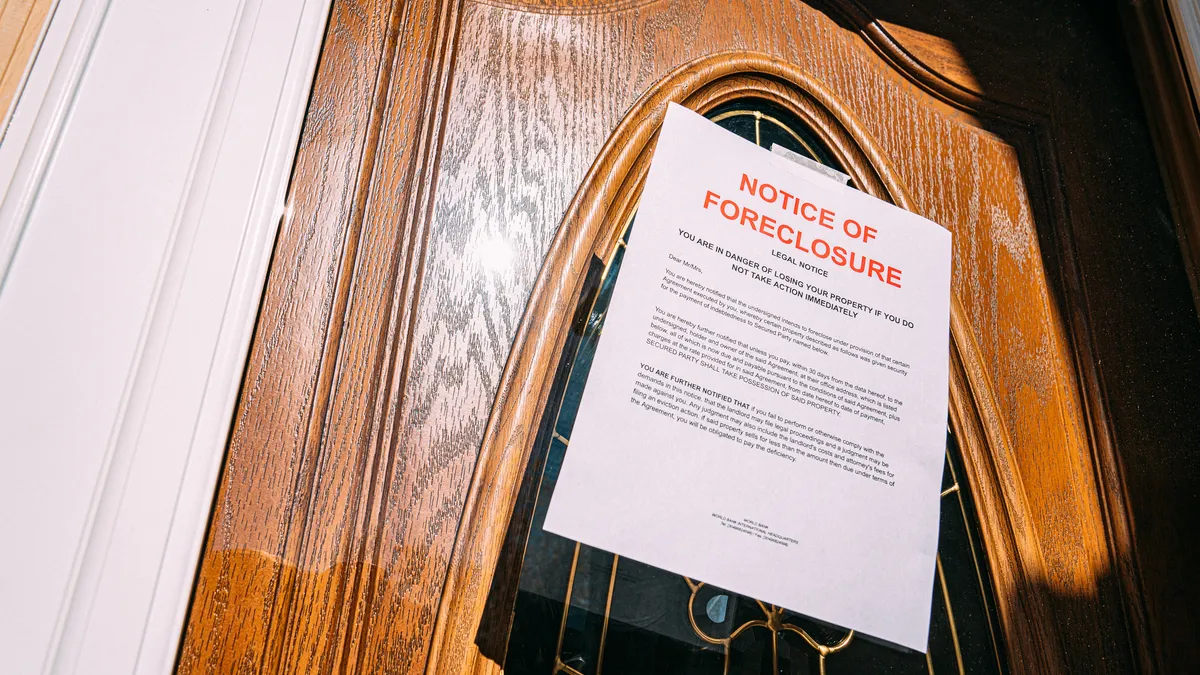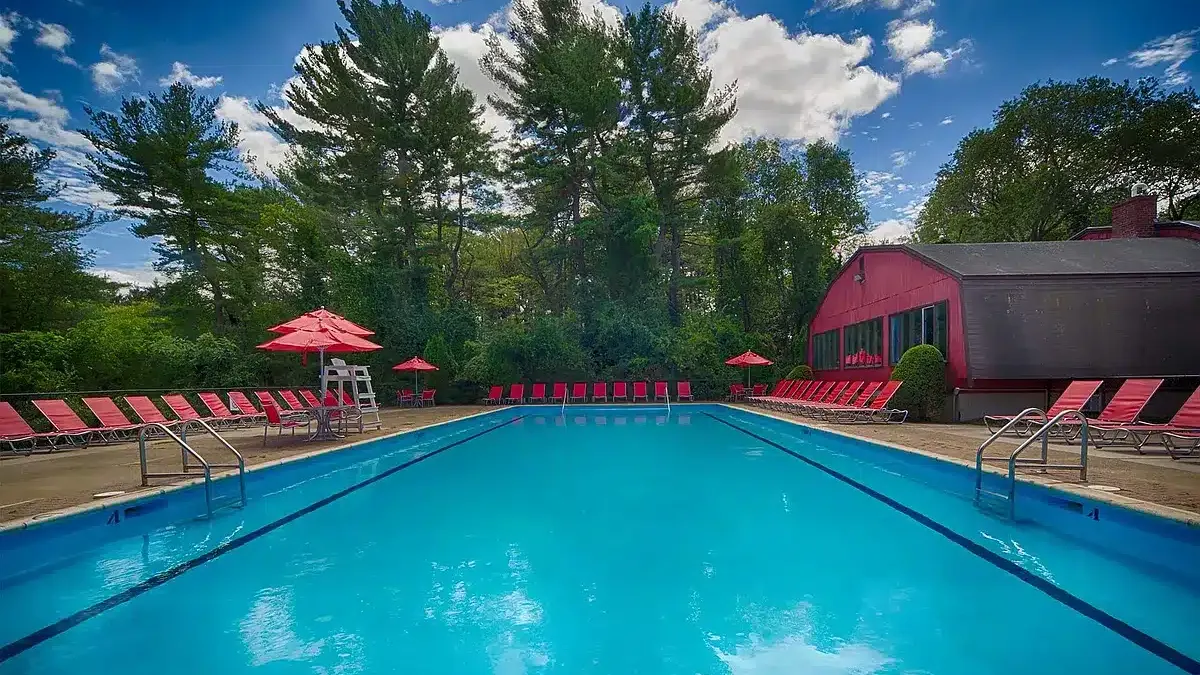In the six years since its founding, Hillpointe has become one of the top multifamily developers and builders in the Southeast U.S.
The Winter Park, Florida-based firm was ranked the fifth largest developer and sixth largest builder on the National Multifamily Housing Council lists this year, its second year on either ranking.
The company intends to keep growing. It acquired over 450 acres of land to build over 4,000 units of market-rate attainable apartments last year. The units are spread across 14 multifamily communities and will be marketed and managed under the firm’s Pointe Grand brand across Georgia, Florida and South Carolina.
Hillpointe specializes in providing multifamily rental housing that is affordable to people who earn between 60% to 120% of the area median income, or about $50,000 to $85,000 annually, according to Steven Campisi, co-founder and managing partner.
Here, Campisi talks with Multifamily Dive about the company’s integrated approach and its plans for the future.
This interview has been edited for brevity and clarity.
MULTIFAMILY DIVE: How has Hillpointe grown so quickly over the past six years?
STEVEN CAMPISI: Broadly, our investment thesis is centered on our ability to execute at a significantly lower cost basis than our competitors, which is increasingly important in the current environment of rising rates and construction costs. Our hands-on approach to construction allows us to develop at a significant discount to other new construction and our total cost basis is often lower than the purchase price at which other investment firms pay for significantly older multifamily assets in our markets.
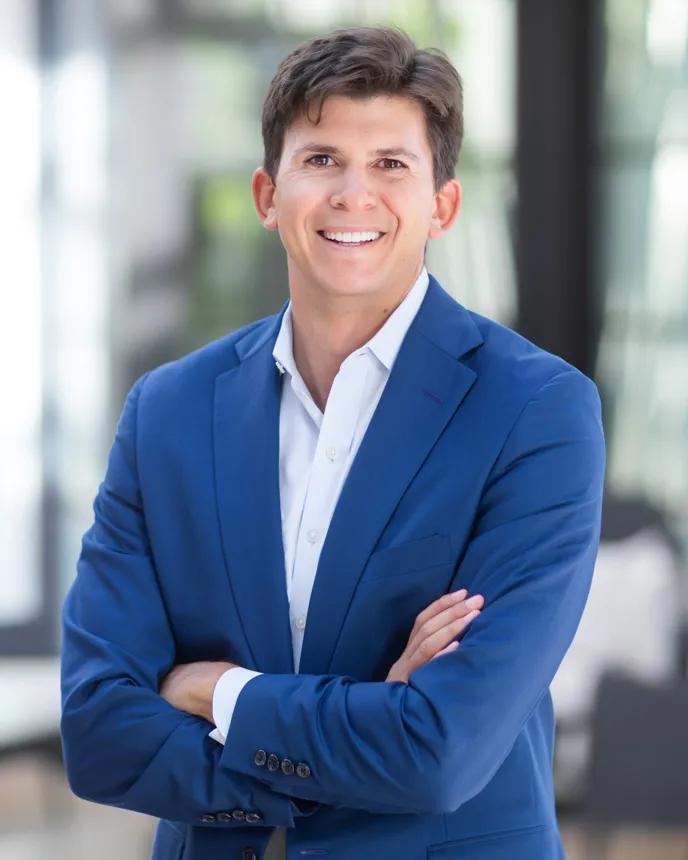
We have had to be exemplary on the development side in terms of finding and entitling great sites and an industry leader on the construction side in terms of executing at a highly attractive cost basis. From an organizational perspective, we have continued to build our team, with a focus on boots-on-the-ground underwriting and execution.
We believe being hands-on in our target markets is a must, not only to select great sites, but to successfully usher those sites through the pre-development process. The housing market right now has a real problem when it comes to the availability of attainable housing. Having a great internal team focused on both site selection and pre-development has been key in our ability to grow our organization and actually bring new attainable housing to market.
How does your integrated approach benefit you?
As a fully integrated firm we are unique on the construction side of our business. Essentially, we create class A quality garden-style multifamily communities across the Sun Belt, and we are able to deliver those communities at a significantly lower cost basis than other new, like-kind construction.
Our ability to deliver at a lower cost basis enables us to pro-forma attainable, or workforce housing rents, and still have our projects pencil from a financial standpoint. We employ a development model that differs from our industry peers in a number of ways.
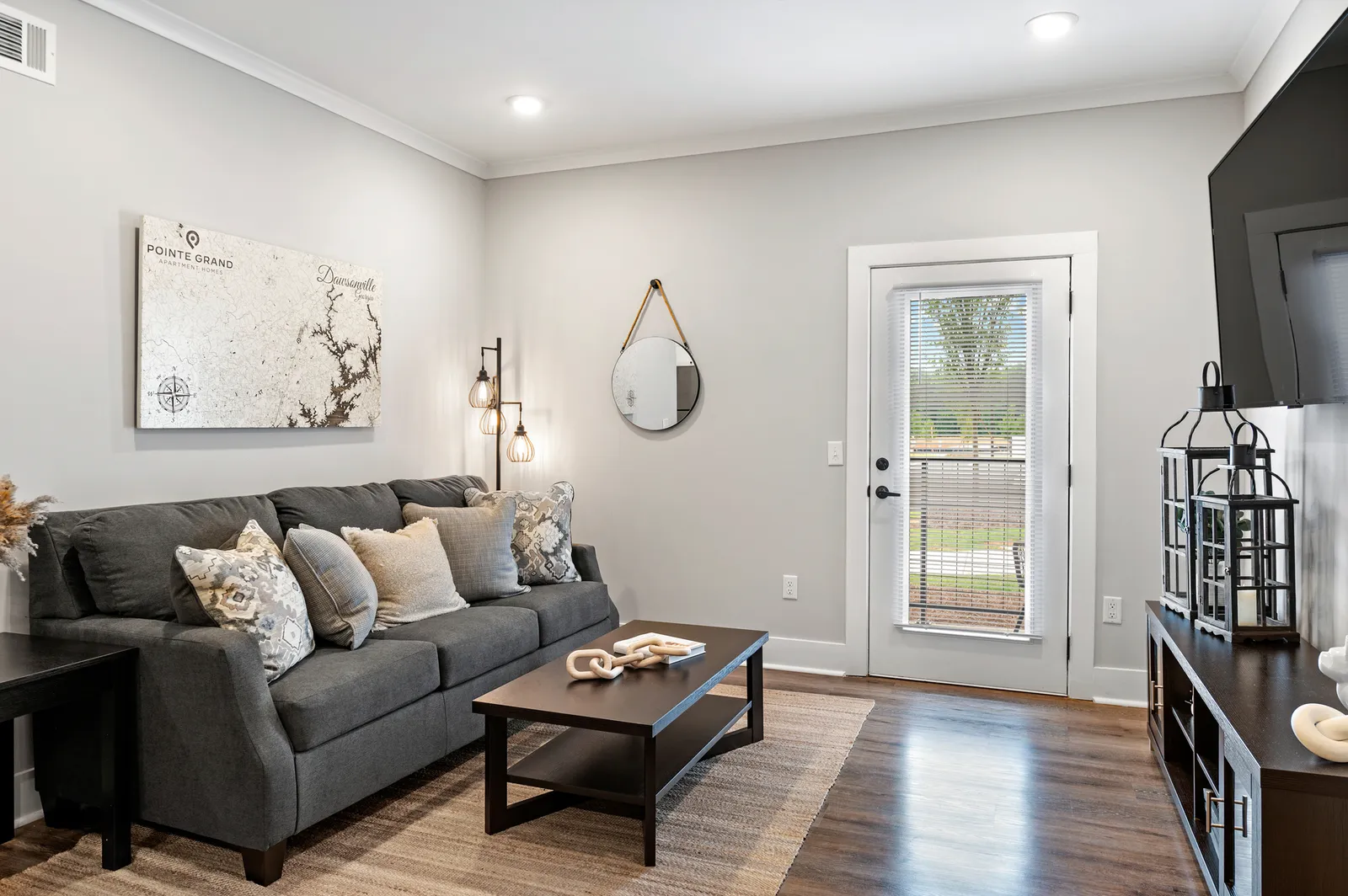
First, we act as the developer and general contractor and we self-perform the majority of the underlying sub trades, which allows us to strip out a significant portion of the embedded fees and overhead that are typically spread across the multiple layers of contractors in a traditional development structure.
Second, we source the majority of our materials direct from manufacturers on a bulk basis. By cutting out middlemen in the distribution channel, we can significantly reduce the cost of building materials.
Third, we operate a widget model. We have designed highly efficient building types with spacious class A interiors. Units include class A features such as quartz countertops, stainless steel appliances and luxury vinyl plank flooring. With our prototype, we rinse and repeat on each development rather than reinventing the wheel.
What factors are hindering apartment development?
Elevated construction costs and increasingly tight capital markets have made penciling multifamily development even more difficult for most investors. In our markets, we currently see competitors’ development budgets for three-story garden-style multifamily ranging between $220,000 and $300,000 per unit.
As a result, most developers are finding it increasingly difficult to secure financing and execute on new construction today. Most private data sources estimate that the 2023 decline in multifamily housing starts from this cycle’s peak was ~50%.
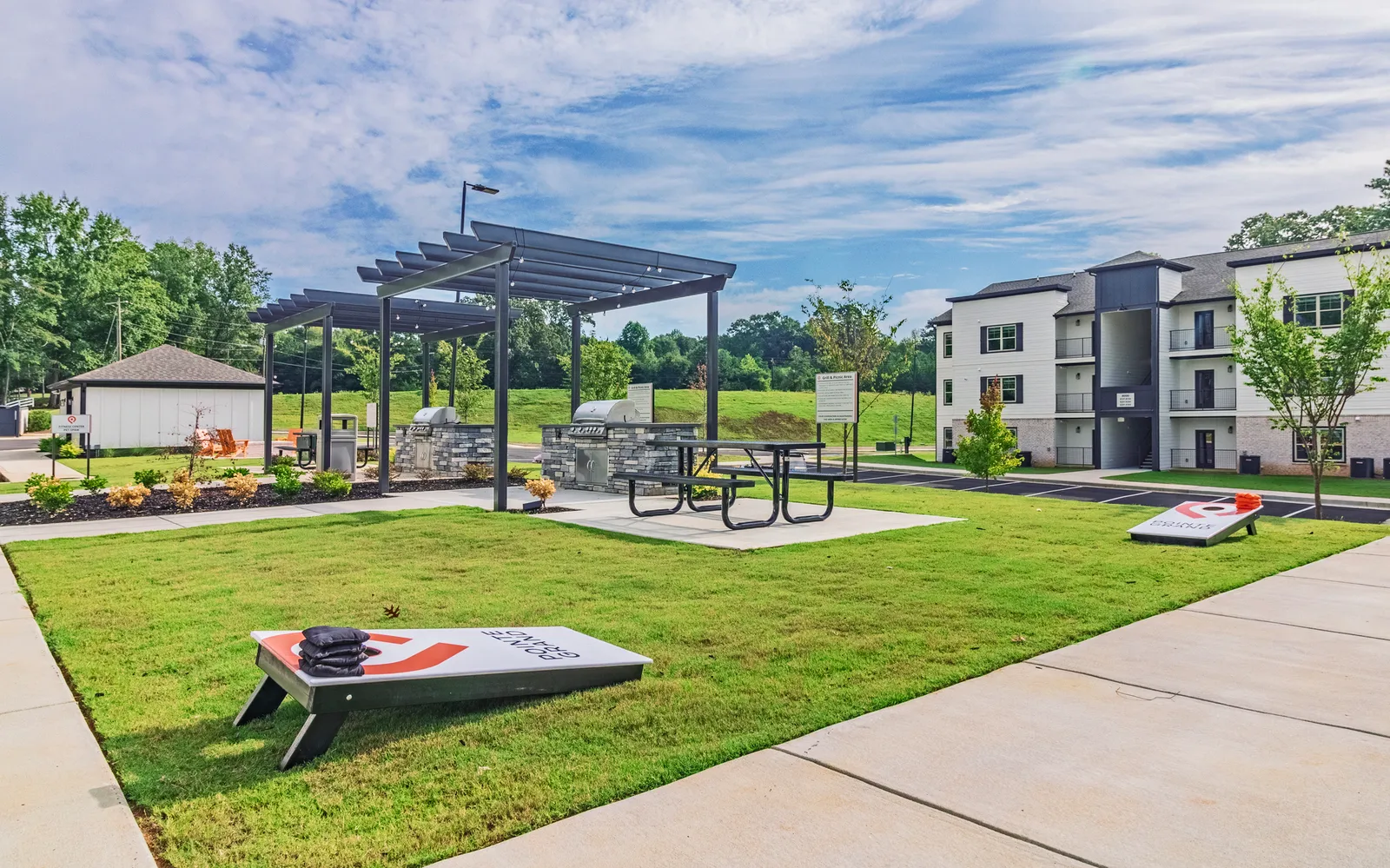
At present, most multifamily projects are being developed to a projected yield on cost ranging between 6.0% and 6.5%. In our view, and increasingly in the view of most limited partner investors, these projects simply do not make sense.
Until credit conditions loosen, rents increase, or construction costs decrease (and most likely some combination of the three), we expect that most multifamily development projects will continue to make little sense and that developers will struggle to piece together capital stacks.
What challenges are you seeing in your markets?
We expect supply will pressure market fundamentals in the short term. The cycle-high deliveries occurring this year have been well publicized. We subscribe to the belief that rents everywhere are primarily a function of supply and demand.
While we think the pressure will be greatest in the luxury/urban core deals, as outsized deliveries are occurring in highly concentrated geographic pockets and with highly aggressive rent expectations, we expect some degree of pressure on occupancy in most markets in the short term.
What does the rest of 2024 look like?
From a 30,000-foot perspective, apartment demand remains historically robust but the current supply wave is outpacing that demand and as a result there is temporary downward pressure on fundamentals. Thematically, fundamentals are still normalizing from 2020-2022 levels.
Given the significant supply that is set to deliver in 2024, we think it is likely that fundamentals will further deteriorate in the near-term amidst a highly competitive operating environment. Over the next 18 months, we expect that tenants will have increased pricing power and that rent growth will continue to decelerate as operators compete to put heads on beds.
The temporary nature of the current supply wave and the corresponding long-term underproduction in U.S. housing heavily influences our forward thinking. We think, on a 10-year view, the U.S. is still not producing enough housing, particularly attainable housing, to fill demand.
Further, given the approximately 18-month timeframe required to construct a new apartment community, multifamily projects that do start in 2024 are likely to deliver in 2025 and 2026 against minimal lease-up competition. As such, we continue to think that 2024 and 2025 will be an exceptional investment vintage.



